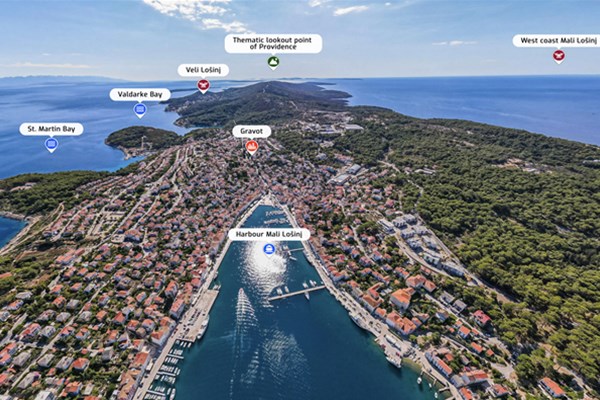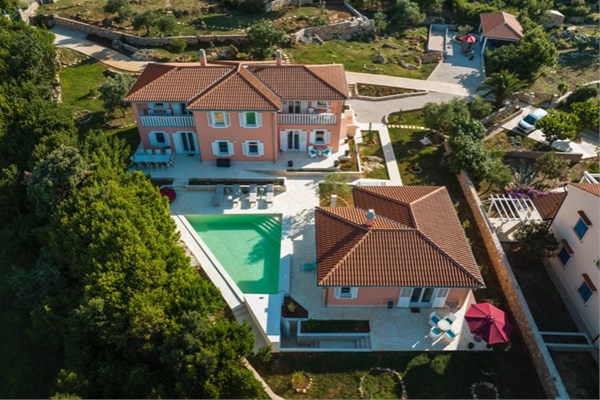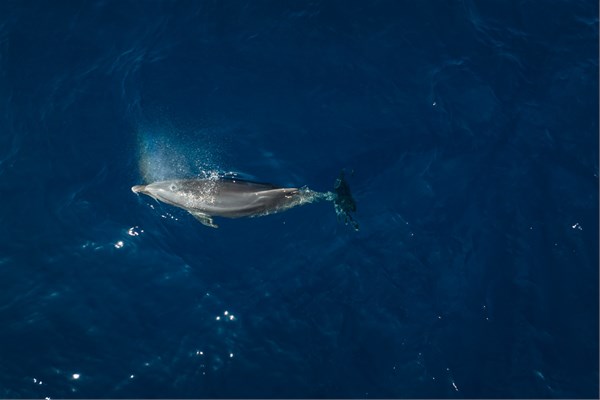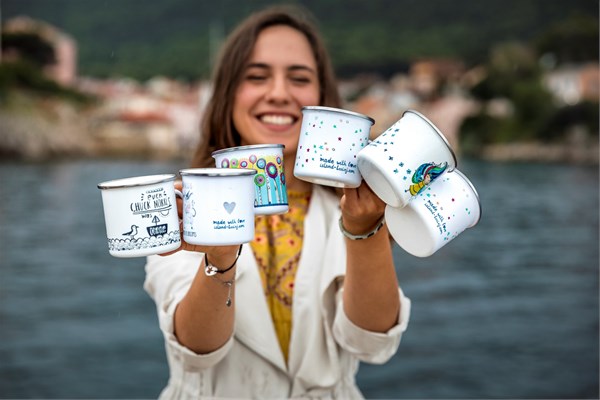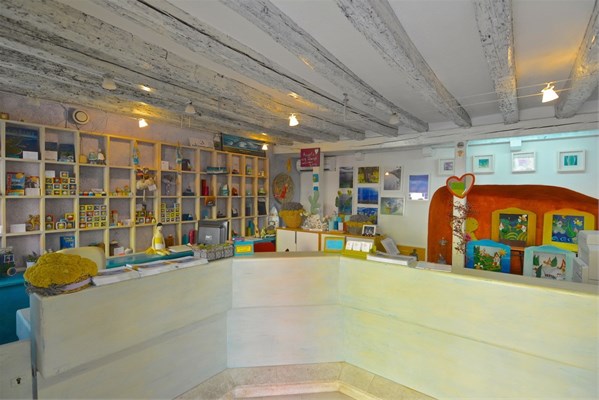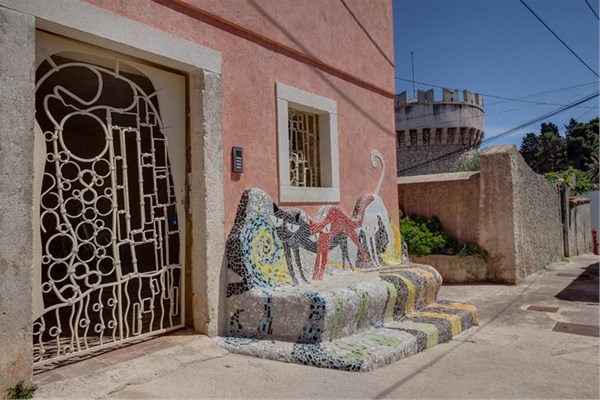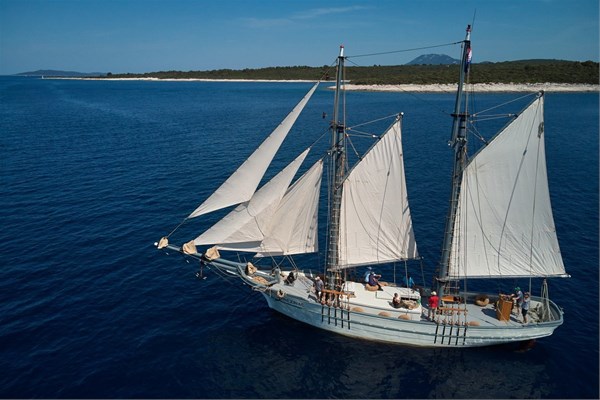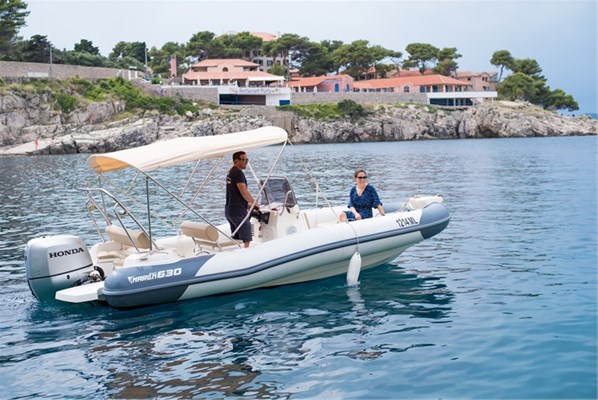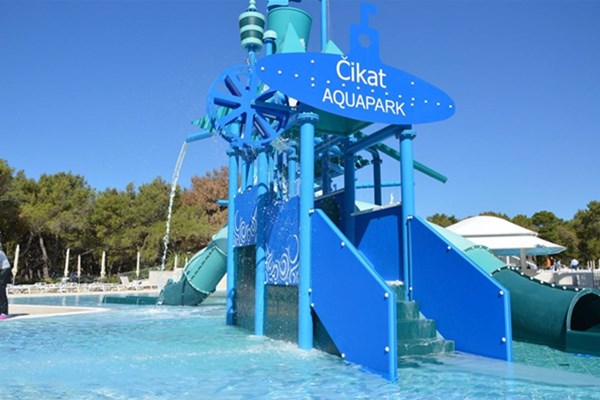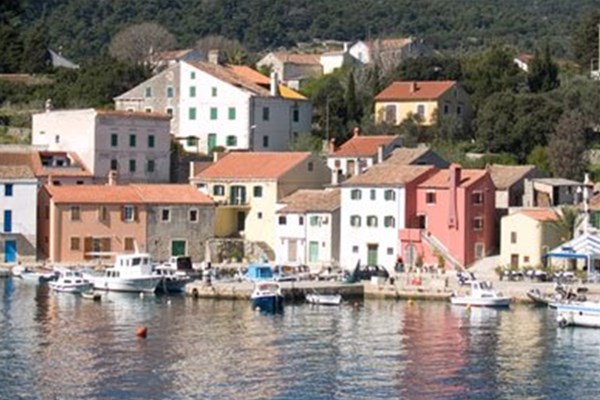Fragrant April – Asparagus, Lošinj Onion (Wild Leek) and Borage
The fragrance network has expanded in all forms, from floral displays, potpourri, liqueurs, juices, cakes, fragrant decorations to gastro-menus where, in various ways, autochthonous island plants are used.
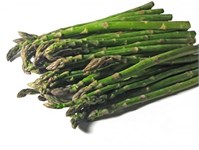
ASPARAGUS (lat. Asparagus officinalis L.)
ASAPARAGUS IN MY AND YOUR GARDEN
Asparagus is a perennial plant species in the lily family with a woody and thorny stem. It grows wild or cultivated. Cultivated, it can grow up to one metre in height. It grows wild along the coast, among rocks and macchia, along paths and on meadows. Young green shoots of bitter taste are picked. It is picked from April till June.
NUTRITIVE VALUE
Asparagus is low in calories, 100g of the edible parts containing 25 kcal, and a lot of vitamin C – 23 mg %, carotene, vitamins B and 93% of water. It is a very good source of minerals, 600 mg % on average, the third of it accounts for potassium, and the rest of them are phosphorus, calcium, magnesium, iron, copper and zinc. It has a very small amount of proteins 3,6%, fats 0,1% and carbohydrates 3,8%. The external layers of asparagus contain the highest amount of vitamins and minerals and therefore should be prepared unskinned.
COUNTERINDICATIONS: It is not recommended for people who are nervous or suffering from insomnia. It should not be taken by persons with a chronic nephritis or arthritis or heart and nerve diseases. In some people the smell of asparagus can cause an allergic reaction accompanied by tears and sneezing, and even a rash in very sensitive people, so they should avoid the contact with the plant.
IMPORTANT TO KNOW
The older asparagus shoots are woody and contain plenty cellulose so they are not easy of digestion. If asparagus is consumed more often, and in larger amounts, urine acquires a specific unpleasant smell, which proves the fact that asparagus stimulates the secretion of harmful substances from the organism.
INTERESTING DETAILS
Asparagus was a sacred plant to the ancient Egyptians so they would put it, along with the celery, in tombs as a gift for the dead. Asparagus originated in the East, and it was used in China back in 3000 BC as a cough, ulcer and anti-swelling medicine. It was believed to ease the feet pain, and it was used in baths. On French courts it was popular as a diuretic, and it was also used as an aphrodisiac.
LOŠINJ ONION (lat. Allium ampeloprasum var. lussinese)
LOŠINJ ONION IN MY AND YOUR GARDEN
This onion variety was described and named by the Lošinj naturalist Ambroz Haračić who discovered it on the island of Karbarus, a kilometre from the west coast of Lošinj. Unlike other species, the Lošinj onion has two little spikes on the stems of the external circle stamens. Flowers are white or violet, with long flower stems. They form a ball-like loose head 5 to 10 cm in diameter. It has a thick and circular stem with narrow leaves on the bottom part.
NUTRITIVE VALUE
The young plant is rich in vitamin C and bioactive substances, minerals and vitamins.
GASTRONOMY
The wild onion was the main food in the past, and during the World War II even 80% of the Cres and Lošinj population used it in their diet. The people of Lošinj usually prepared the wild onion with the island lamb, in pasta meals or raw in salads. It can be pickled and used as a spice for stew.
IMPORTANT TO KNOW
The shape of wild onion reminds us of leek and it has an aromatic onion smell. There is a theory that this onion is an original species from which leek was cultivated (Allium porrum L.) Due to its intensive smell, it is good to boil it a little before the preparation.
INTERESTING DETAILS
Lošinj wild onion is mostly pollinated by coastal spiny wasps of Scolia family that look scary, but if not disturbed, they are usually harmless.
BORAGE (borago officinalis)
BORAGE IN MY AND YOUR GARDEN
Borago officinalis, (borage family) is also known as starflower. It is an annual herbaceous plant. It grows to a height to 15-70 cm. The stalk is upright, ramified, hollow and dark green, but since it is covered in tiny white hair, it seems silvery. The stem is succulent and juicy, and leaves end in narrow stems. The flowers are star-shaped, with five spiky petals and black stamen tops, gathered in sagging loose heads. The flower crown is sky blue, pink or white. The petals are spiky, ending in short tube. The plant's nectar makes it a very popular bee pasture. It blooms from April till August. It is self-grown in the Mediterranean area and southern Europe, but is grown all over the world. It is grown simply so after the first sowing it hard to keep it under control in the garden, therefore it is often considered as weed. It is not to be watered often, and it can be grown out of the seed right after the period of soil freezing is over. When grown in a pot in enclosed areas, it needs a lot of warmth and sun.
NUTRITIVE VALUE
The flowers and the stem are used in cooking and from borage seeds the oil for medicinal use and natural cosmetics is extracted. The plant has an aromatic fragrance and onion- or cucumber-like taste. Borage leaves contain a lot of vitamin C and potassium. Cold pressed borage oil is rich in nonsaturated fatty acids, and it has the highest concentration of gamma-linolenic acid (which prevents inflammations) in the nature. It is a good source of omega-3 fatty acid (linoleic acid 42%) and omega-6 fatty acid (linolenic acid 22%) that cannot be synthesised by the body so the intake of these acids is essential. The oil is scentless. In some countries borage oil has been officially listed among supporting medicinal remedies for malnutrition. It is a very useful supplement for the elderly and children during intensive growth and post-illness recovery.
GASTRONOMY
Fresh leaves and flowers are used in culinary art. Even though borage leaves are best kept in vinegar, they can be used dry as well. In this way they keep a bit of their aroma, and for a better preservation it is necessary to dry them in an airy room without damp immediately after picking them. It can be bought in stores, ground and dry. Due to its refreshing and sourish cucumber-like taste, borage is an ideal for raw vegetable salads, curd dishes, cheese spread, yoghurts and cream soups. Finely-chopped it can be used as a pasta sauce, and blanched leaves can be used as a substitute for spinach. Sugared or candied borage flowers are used for decorating salads and sweet fruit dishes. They can be frozen in cubes and served with summer drinks, cocktails and juices. The stems are added to punch, wine coupes or gin-based drinks.
IMPORTANT TO KNOW
Because of the high share of polyunsaturated fatty acids, borage oil tends to rancid so it should be stored in a dry, dark and cold place. Thermal processing destroys the aroma and all specific tastes. Therefore, leaves and flowers should be added to meals just before serving them.
INTERESTING DETAILS
It has been used for healing for more than 700 years. The name of genus Borago comes from the Arabic word buhuray which means “the father of rawness“, and it was named so because of its hairy leaves. The Arabs brought it to Europe in the Middle Ages. In some languages the root of the words used for borage is related to cucumber, so in translations from Swedish, Finish, Russian or Baltic languages it is called “cucumber plant“. Among the ancient warriors it was believed to give courage and strength. The Romans had a saying "Ego borago gaudia semper ago." – Borage always gives me joy (the strength of life, bravery). In Latin America borage leaves are used in the treatment of lung diseases. The Chinese fill and roll the leaves. Borage is a traditional ingredient of Pimm's No.1, a gin-based drink invented by the owner of the restaurant “Pimm's“ in London.


